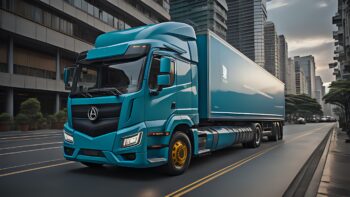
EV-Battery Materials
Listing Category by product
EV-Battery materials information
EV-Battery materials are fundamental to the construction of energy storage devices, dictating their performance and characteristics. From lithium-ion to solid-state batteries, materials like lithium, cobalt, and graphite play vital roles in enhancing energy density, longevity, and safety, driving advancements in electric vehicles, consumer electronics, and renewable energy storage solutions.
- Cathode materials: These materials are responsible for storing and releasing electrons during the battery’s charge and discharge cycles. Common cathode materials include lithium cobalt oxide (LCO), lithium iron phosphate (LFP), lithium manganese oxide (LMO), and nickel manganese cobalt oxide (NMC).
- Anode materials: Anode materials are crucial for the flow of electrons during the battery’s operation. Graphite is a widely used anode material in lithium-ion batteries due to its stability and ability to store lithium ions.
- Electrolyte materials: Electrolytes facilitate the movement of ions between the cathode and anode, allowing for the flow of electricity. Liquid electrolytes, polymer electrolytes, and solid-state electrolytes are among the types used in different battery chemistries.
- Separator materials: Separators are thin membranes that prevent the direct contact between the cathode and anode while enabling the passage of ions. Common separator materials include polyethylene (PE) and polypropylene (PP).
- Binder materials: Binders help hold the active materials of the cathode and anode together, improving structural integrity and electrode performance. Polyvinylidene fluoride (PVDF) and carboxymethyl cellulose (CMC) are commonly used binders.
- Conductive additives: These materials enhance the electrical conductivity of electrodes, improving battery performance. Carbon additives like carbon black and carbon nanotubes are often incorporated into electrode formulations.
- Current collectors: Current collectors collect and distribute electrical current within the battery. Copper foils and aluminum foils are commonly used as current collectors in various types of batteries.
EV-Battery materials innovations
Innovations in battery materials focus on improving energy density, cycle life, safety, and environmental sustainability. Researchers are exploring novel materials such as silicon-based anodes, solid-state electrolytes, and advanced cathode formulations to address these challenges and enable the development of next-generation batteries with enhanced performance and reduced environmental impact.















